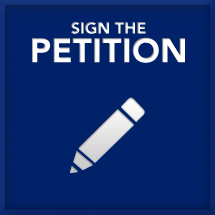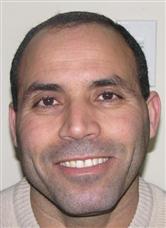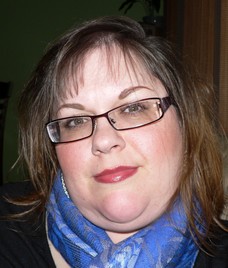Canadian airlines will continue using the United States no-fly list even after the federal government unfurls its own roster of barred passengers next month.
A spokesperson for the group representing Canadian airlines said carriers will "continue to use a wide variety of sources" to decide who is allowed to board flights.
The Canadian no-fly list, which comes into effect June 18, will complement existing security tools, said Fred Gaspar, vice-president of policy and planning with the Air Transport Association of Canada.
"So this doesn't replace an airline's ability to make their own kind of security assessments about the ongoing nature of their operations."
Gaspar and a spokesperson for Air Canada refused to discuss specific methods, but air carriers have been known to check names against the U.S. no-fly list even for flights between Canadian cities.
It means a traveller flying from Calgary to Toronto could still be delayed at the airport or prevented from boarding a plane even though their name does not appear on the Canadian no-fly list.Allan Kagedan, chief of air security policy at Transport Canada, said the department is confident Ottawa's list "will be sufficient to satisfy the security concerns of Canadian" carriers.
But he acknowledged airlines are free to use the U.S. list, too.
The department has previously expressed the view that airlines should not be using the U.S. list to screen passengers on Canadian domestic flights.
Dozens of Canadians have formally complained about being delayed at airports because their name - or at least one that matches theirs - turned up on the U.S. no-fly roster, or possibly another list that singles out passengers for secondary screening. Getting one's name removed from the list involves petitioning Washington to straighten matters out.
The Canadian list, expected to have hundreds of names, would bar people considered an immediate threat to air safety from getting onto a plane.
The decisions would be made on a case-by-case basis using classified and public information.
Under the system, a person must present a government-issued identification document - like a passport or driver's licence - in order to board a plane. It has to include the person's photo, name, date of birth and gender.
If the passenger does not possess photo identification, they will have to produce two other pieces of government-issued ID, at least one of which includes birth date and gender.
Most major airlines already demand to see photo ID, but this practice would become law under the Passenger Protect program.
Foreign airlines that fly to and from Canada will be privy to names on the list.
No foreign government has asked for the roster, but Canada would consider sharing it, Kagedan said.
"We'll look at the request and we'll see whether sharing stands to benefit Canadians by improving their security and protecting their human rights," he said.
Candidates for the Canadian no-fly list would be put forward primarily by the RCMP and CSIS. Members of these agencies, along with representatives of Transport and the Justice Department, would sit on an advisory panel that formally recommends names for inclusion.
Under Ottawa's plan, people will not be notified in advance they are on the list.
© The Gazette (Montreal) 2007
U.S. no-fly list trumps Ottawa's roster
posted on May 24, 2007 | in Category Canada | PermaLink
Original author: Canadian Press (CP)
Source: The Montreal Gazette
URL: [link] (subscribers only)
Date: May 23, 2007
Canadians won't be advised if they're barred from flying









